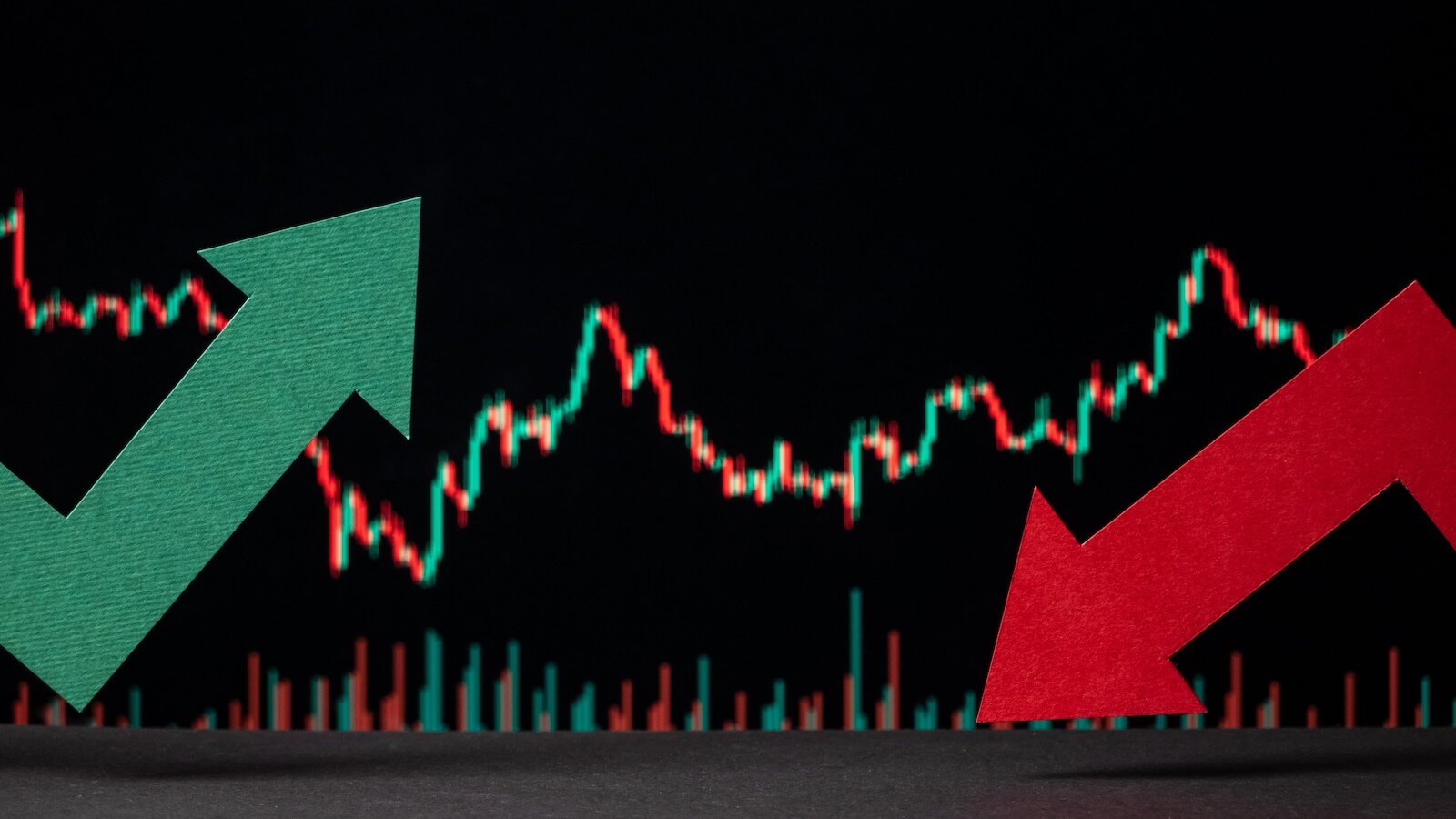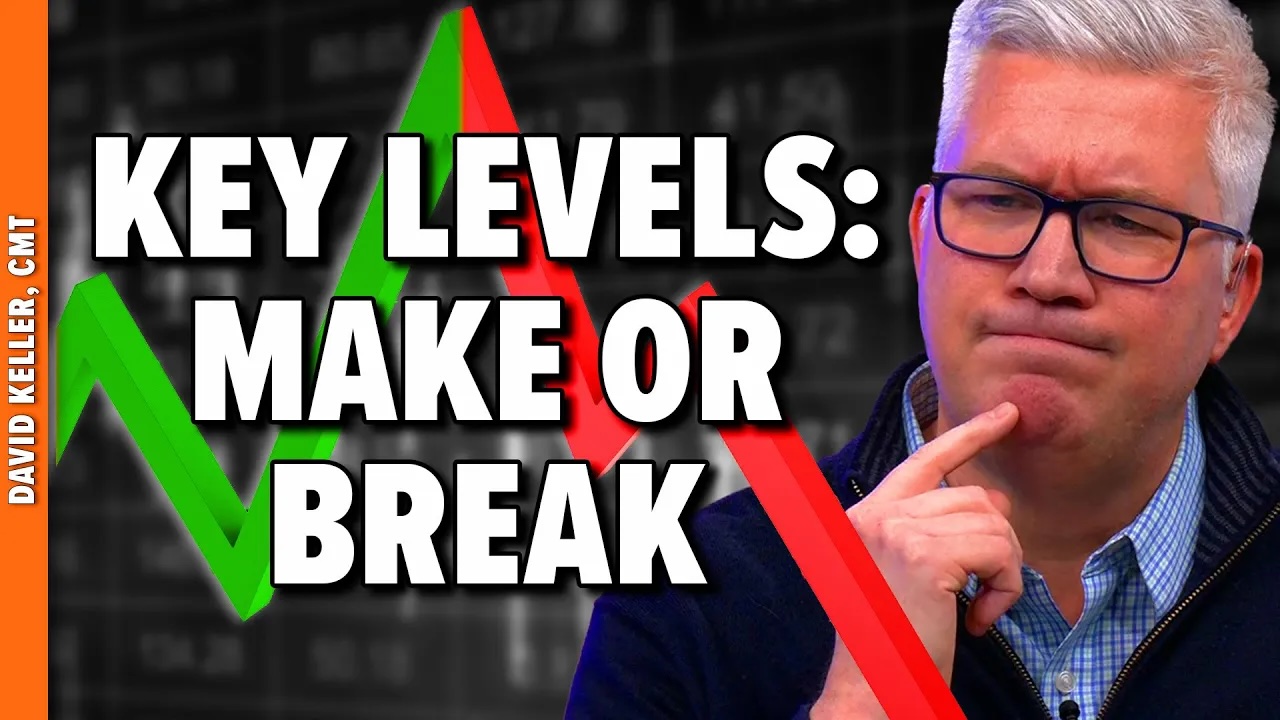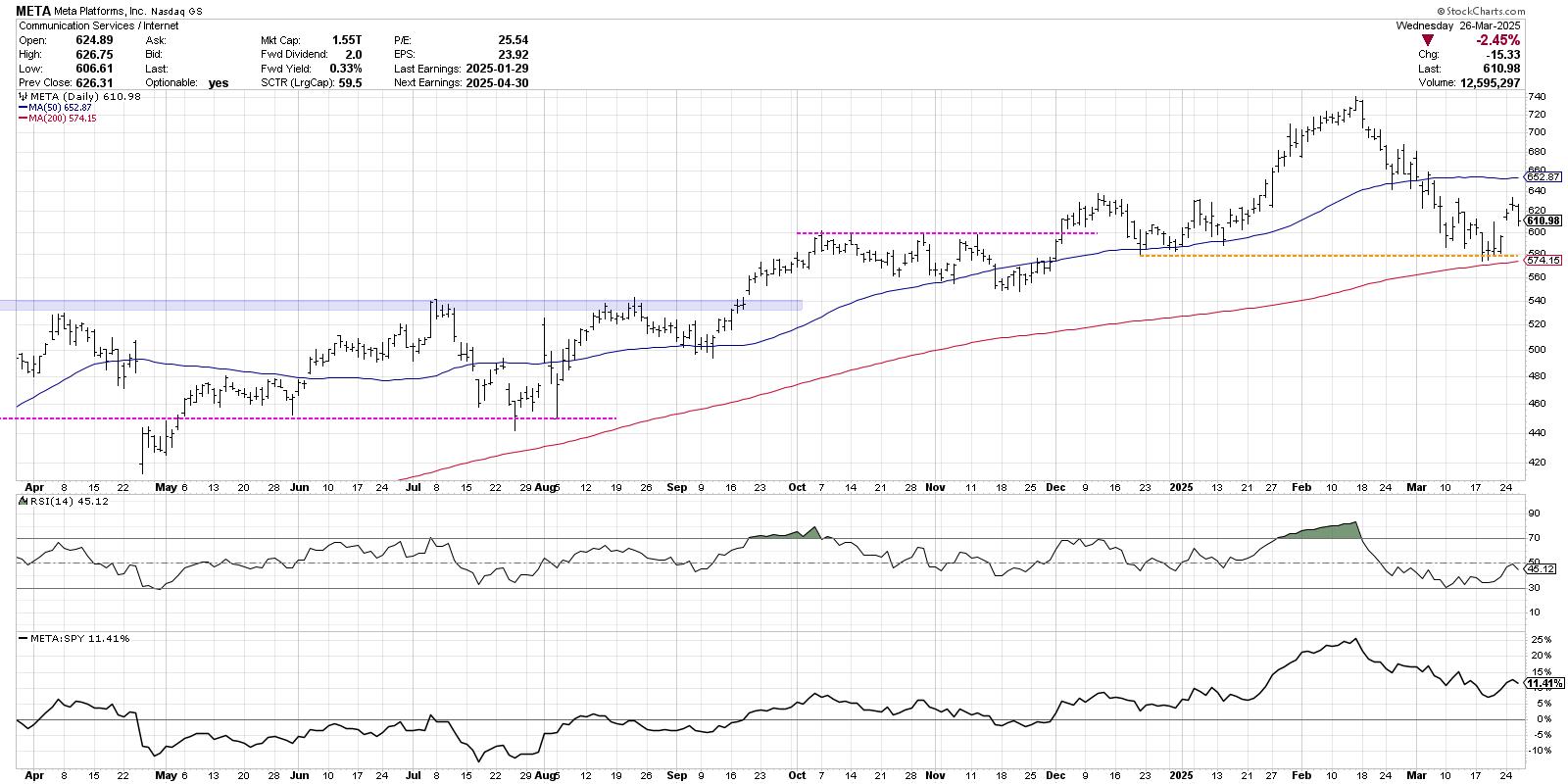 Over the past 6-7 months that I have been writing for StockCharts.com many truly great questions have been posed in the Comments area. I have questioned my policy of not participating in the Comments area a number of times because these questions and answers would benefit everyone or at least many. Therefore, I have decided that following each calendar quarter, I will review all the comments that have appropriate questions and pick approximately the best 10 to respond to in an article artfully entitled Questions from Readers. An “appropriate” question is a polite way of saying a question that will benefit many and is tied to an article. Okay, here goes!
Over the past 6-7 months that I have been writing for StockCharts.com many truly great questions have been posed in the Comments area. I have questioned my policy of not participating in the Comments area a number of times because these questions and answers would benefit everyone or at least many. Therefore, I have decided that following each calendar quarter, I will review all the comments that have appropriate questions and pick approximately the best 10 to respond to in an article artfully entitled Questions from Readers. An “appropriate” question is a polite way of saying a question that will benefit many and is tied to an article. Okay, here goes!
Q1 - Great Greg. I look forward to this very much. I would especially be interested if you could have breadth charts of the NYSE for Operating- Companies-Only(OCO).
Posted by: J. A. | October 03, 2014 at 14:16 PM On Why Market Breadth is So Impor...
A1 – I have a number of good friends in the business that maintain breadth data on operating companies only or common stock only, etc. issues. Paul Desmond, Larry McMillan, Carl Swenlin, and Tom McClellan come to mind. While I believe there is merit in this, I have never pursued it because I did not have an easy way to maintain it. I do know that I moved closer to using more Nasdaq breadth when the NYSE changed their listing requirements and opened the door for preferred issues, bond funds, utilities, and a whole host of equities whose price movement seemed to be more closely tied to interest rates than the usual metrics that move the market. Now the good news – go to StockCharts.com’s Symbol Catalog and search on the word “common.” You will find a large number of common only symbols, all beginning with an exclamation point!
Q2 - Dear Mr. Morris I've been thinking and re-reading your articles. Here are some additional thoughts for your consideration: (1) I agree with your comments about establishing the existence of a trend before trying to identify a reversal pattern. But now the problem becomes what is the definition of a trend. (2) I enjoyed your remarks against the use of intraday and weekly candlesticks. It's refreshing to hear a contrary opinion with reasons provided. Far too often we hear that time frames are "fractal" but no supporting evidence or reason is ever provided. (3)Ditto for your caution against weekly market breadth charts in an earlier article. Although in that article, you made no mention about the validity of intraday market breadth charts. (4)Your painstaking care in clarifying definitions is also much appreciated. Cheers ... Peter
Posted by: P. O. | November 07, 2014 at 00:52 AM On Are you Using Chart Patterns C...
A2 – (1) that is a critically important point that many fail to do – what is the minimum length trend you want to follow and how much of a pullback in that trend are you willing to take in order to consider it still in a trend. I personally like a trend of at least 3 weeks (15-18 days) with no drawdown greater than 5%. See a previous article entitled Do Markets Trend? Why? (3) I did not mention intraday breadth because I have never attempted to try or use it. I am just not involved in the market in that time frame. It seems like it would be very volatile looking at the 15 min. advances, whereas the daily somewhat dissolves the intraday noise.
Q3 - Greg, You make the mistake that most people in the financial industry make when it comes to measuring risk. You need to use semi-standard deviation (not standard deviation) to measure downside risk. Semi-standard deviation ignores upside volatility and focuses only on the probability of downside volatility (i.e., losses) - hence it is a true measure of the risk of loss, not merely of volatility.
Posted by: M. D. | February 21, 2015 at 21:22 PM On What is it with Modern Finance...
A3 – First of all, it wasn’t a mistake. Semi-Sigma does measure only downside volatility which is just the distribution of returns below the mean. The whole problem is assuming volatility is risk – see this article What is It with Modern Finance. That concern aside, aren’t half of all returns below the mean? Selective time frames using long term semi-sigma would be deceiving at best in my opinion. Personally I think academic finance is almost a hoax and have stated such in a number of articles. Sharpe, Sortino, Calmar, Sterling, and Treynor are all trying to accomplish the same thing – finding a risk adjusted measure of returns. Pick one and have fun, just don’t trade from it. We will just have to disagree and that is what makes a market.
Q4 - Greg, The folks At Tasty Trade (Think or Swim) will disagree strongly as they use stats to pick DTE, IV, strike price etc (cf their 100s of tutorials).
Posted by: D. D. | March 09, 2015 at 16:08 PM On Can Statistics Help You Invest...
A4 – I have never found using statistics to help. They are often quite convincing, but of little value in making an actual trade. Isn’t TD Ameritrade’s Think or Swim interested in signing up new accounts? I’m sure they think almost anything is good as long as the account is opened. If including statistical data can cause someone to make a commission generating trade then it certainly worked – for them. If I were selling/offering a brokerage-based trading platform I’d include everything under the Sun, maybe even Fibonacci.
Q5 - Greg, I very much enjoy reading your articles. I would love a step by step article or set of articles of how one might go about setting up a trading methodology using trend trading. Any scan ideas would be helpful also. Kind of a layman's guide - simple step by step process. For example, if I want to identify trends and at least for my style of trading look to make trades with the intent of lasting at least a couple of weeks. Perhaps at that time take some profit off, and then hopefully if the trend is still continuing let the trades run until the longer term trend is broken and a stop is hit. So would I use daily charts? Weekly charts? How would I set stops? I am in the process of reading Michael Zahorchak's book from your recommendation - I'm about 1/2 way thru and I believe he does give some specific guidelines in his book but I haven't gotten to that point yet so any ideas and guidance would be greatly appreciated.
Posted by: J. M. | March 13, 2015 at 12:11 PM On Linear Analysis, Alpha, and Be...
A5 – My answer to these questions is that I’m going to start a large series of articles on trend following that will attempt to address everything one needs to know or consider to do it successfully. This would involve the process of choosing trend indicators, setting parameters, selecting issues to trade, setting stops, etc. Not sure when I’ll attempt this as I need to lay out an outline beforehand and also play a lot of golf in order to think it through. Very soon I will be submitting an article on the Zahorchak Method along with a couple of indicators that attempt to demonstrate it; plus they will be available on StockCharts.com.
Q6 - I would like to know your opinion of using volume-based technical indicators to trade equities, such as OBV and CMF. Are there any other volume indicators that are helpful as well.
Posted by: M. R. | March 13, 2015 at 12:47 PM On Linear Analysis, Alpha, and Be...
A6 – I used volume-based indicators on individual stocks for decades but have gotten away from them for a couple of reasons. First, I’m not all that convinced that the volume numbers are accurate anymore (arguable, but…) and second, I use up and down volume extensively since I’m only interested in measuring the action of the market. I certainly would not recommend using volume on ETFs or market indices.
Q7 - (1) I find your "what's behind the facade" articles (such as this one) both enlightening and entertaining. (2) from the comments preceding this one, I believe you have a following, and that we are not offended. (3) Perhaps some thoughts on starting points for cumulative advance/decline indicators would be of interest.
Posted by: R. S. | March 15, 2015 at 05:25 AM On Linear Analysis, Alpha, and Be...
A7 – (3) The articles that have CGMBI in the title are the ones that are written while we (StockCharts.com) rework my “Complete Guide to Market Breadth Indicators” book (we are about 40% finished). There will be many more articles and eventually an electronic book (Kindle) all updated with new charts from StockCharts.com. And then we will produce a ChartPack that allows readers to see all of the charts in the book updated each day. This is very exciting to me as it means the book will have shelf life since the charts are constantly being updated. It will also have all the charts in the book for not only the NYSE, but also the Nasdaq and Toronto indices. Literally, hundreds of charts.
Q8 - Greg, your article provides an excellent perspective on the practical use of statistics and I agree with you. I appreciate the inference to be cautious with chart patterns even though many have demonstrated statistical support, like triangles/pennants/etc. My take away is follow the pattern but react when pattern is being confirmed to reduce risk. Is this correct?
Posted by: T. C. | March 15, 2015 at 17:41 PM On Can Statistics Help You Invest...
A8 – Many (All?) of the classic chart patterns and candle patterns are really just short term pictures of investor psychology and how that evolves over time. That is also the reason I ignore chart patterns that are over 4-5 months in length as I don’t think that psychology thing works as well as time erodes the feeling. I treat chart patterns (classic and candle) as observable information, but not actionable. It is always nice to have additional confirming evidence, just ensure you are not falling into the multicollinearity trap.
Q9 - Great Article! Perhaps Greg, you can review MA Crossover strategies in a future article.
Posted by: R. U. | April 09, 2015 at 06:46 AM On Discipline is Paramount
A9 – Crossover strategies is a giant subject that I can reduce to a few sentences. Moving Average Convergence Divergence (MACD) is just a crossover strategy and I use a derivative of it with breadth to help in trend following. Find a crossover strategy (price and an average or two averages) that work in the time frame you like to trade, test it, and then believe in it. I’ve always said a 200 day crossover will work quite well over the long term if the user has the discipline to stick with it. However, it is very hard to do after 4-5 whipsaws, one right after the other.
Q10 - Greg, love the number, plots, math and logic. But did you skirt the original thought and impetus for your investigation? So, you told us that all time new highs occur 3.8% of the time. Thank you. You answered this question: How often are new highs created? But how about the original statement, does the market move "up" 40% of the time?
Posted by: M. K.| May 20, 2015 at 11:07 AM On Drawdowns and New Highs
A10 – Not exactly sure how one can measure that precisely without making a few assumptions on what ‘UP’ is. If you have a series of say 25 up days in a row and the first of those days was a new all-time high, then all the remaining days (24) would also be all-time highs, with each day eliminating the all-time high status of the previous one. In that example the market was up 100% of the time. Does the market move “up” 40% of the time? That totally depends on your time frame and what you will accept to the downside to maintain an up status. My calculations were on the amount of time it makes a new high on a daily basis – without a decline. Clearly a very long term chart of the market makes it appear that it always moves up because it masks those many 5-6 year periods when it did not move up.
Q11 - Hi Greg, I have your new book which I think is very good. One question. Could one use the Value Line Geometric Composite as a reasonably reliable breadth indicator, since it is equally weighted? Or is no one looking at this composite anymore? What about just using S&P 500 equally weighted index? Regards, Halli.
Posted by: H. A. | June 09, 2015 at 10:52 AM On Bear Markets! Are They a Thing...
A11 – Equally weighted does not mean it contains a wide variety of sectors and styles. That is the advantage of breadth as it contains everything in the index, which is why you need to be careful about which index’s breadth you are using. For example, breadth on the S&P 500 does not give a great picture because the index is made up of only large cap blue chip stocks. Even if it is equally weighted. I prefer the Nasdaq or NYSE; the Toronto would also be good. I like to say that the Nasdaq has large caps, mid caps, small caps, micro caps, growth, value and dogs. About the only area it comes up short in is in the Financials.
Q12 - Now that's a blog that is not only good but useful and practical. Any thoughts on Wyckoff Greg?
Posted by: L. L. | June 16, 2015 at 08:02 AM On Technical Analysis Magic
A12 – Wyckoff is a process and I know many who use it successfully; including my friend Bruce Fraser who writes here in his Wyckoff Power Charting. I only have a small understanding of it but the fact that it is a process and not nonsense (or magic), I’d say give it a good look. Find a process you are comfortable with, learn its ins and outs, and then trade it with discipline.
The above questions were picked from not just last quarter but from the beginning with the first article last fall. My goal is to respond to questions that are not only appropriate (a way for me to be real choosey), but also ones whose answer will benefit many readers. If your question did not get posted, please don’t give up. The question must be general in nature that would benefit all. Adding a little wit always catches my attention. Thanks!
Trade by questioning what you don’t fully understand,
Greg Morris






